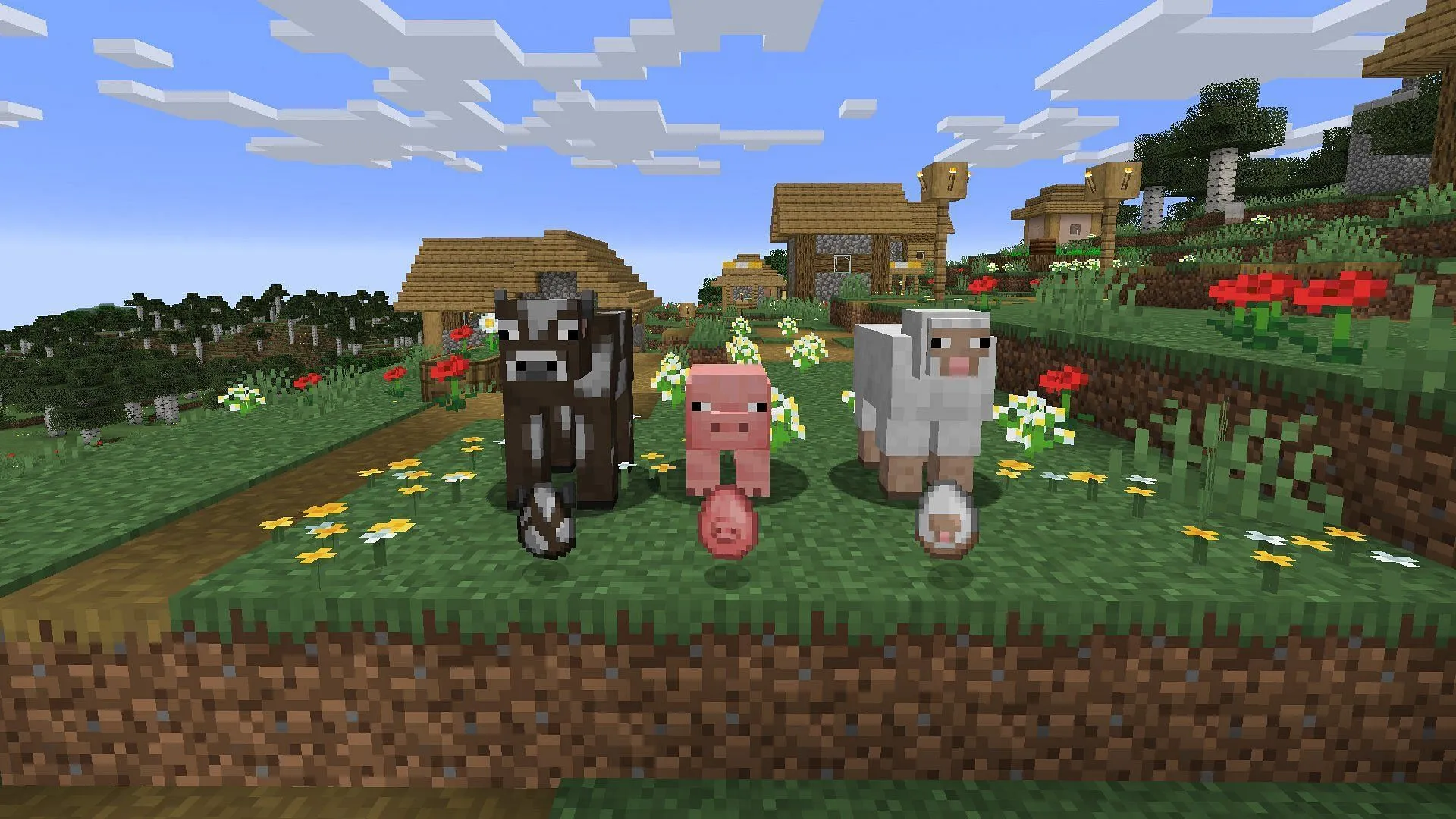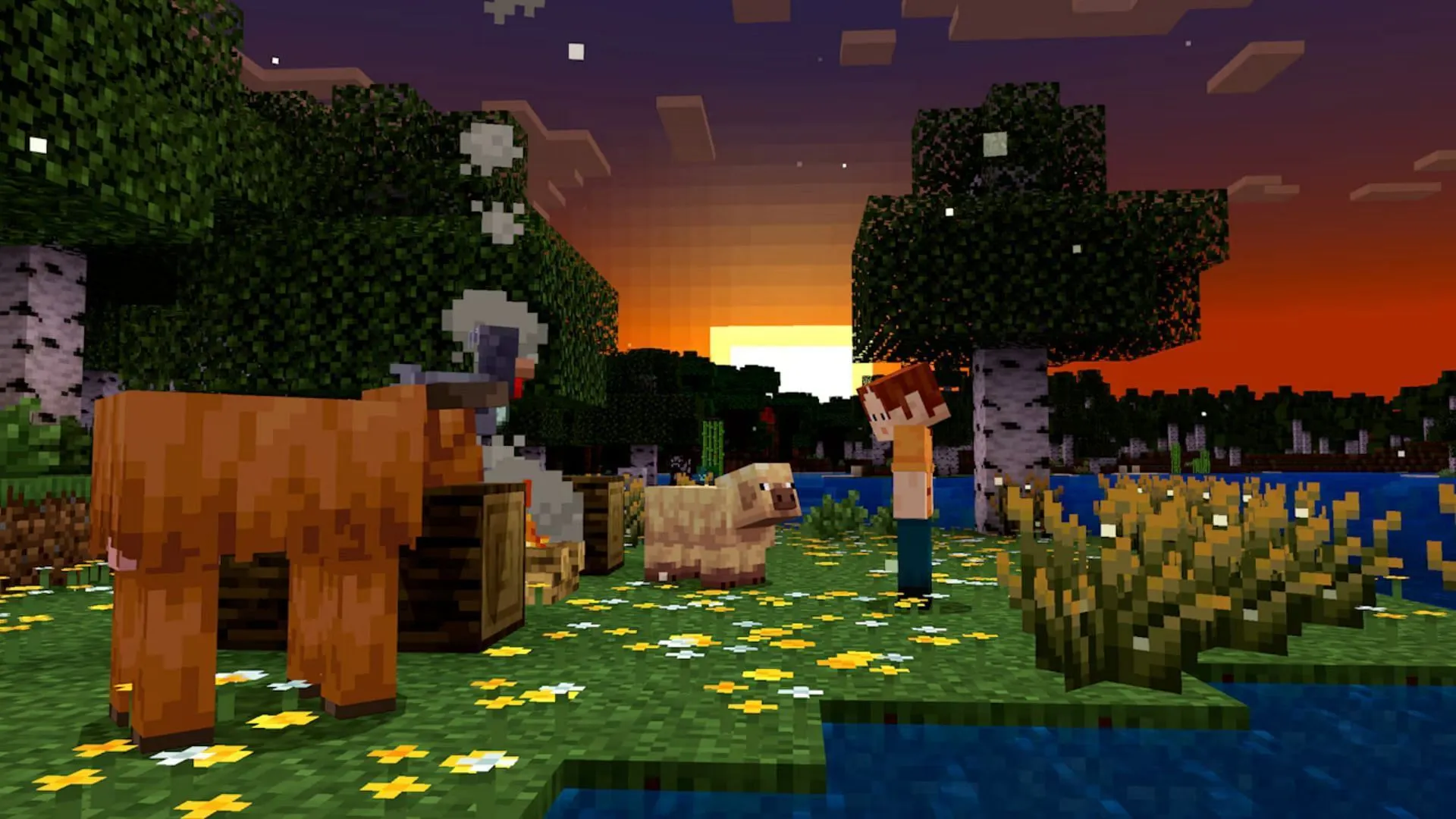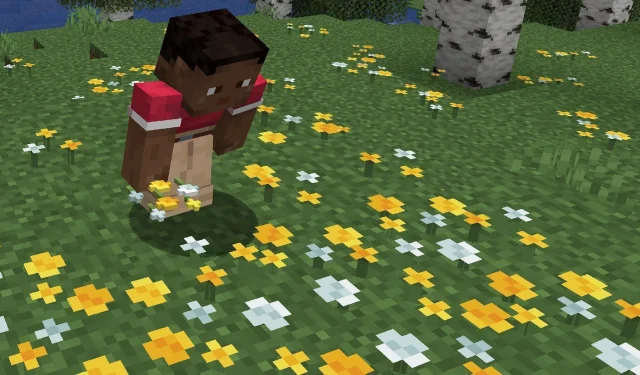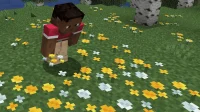The gaming world of Minecraft has ushered in an exciting transformation with its latest Spring to Life update, which introduces a plethora of new items to the overworld. For an extended period, players often found the overworld monotonous and uninspiring, hampered by a lack of exploration-worthy elements. However, this recent drop revitalizes the landscape, introducing new mob variants, objects, and an array of wildflowers, enhancing the visual appeal of numerous biomes.
This intriguing new feature, wildflowers, serves various purposes, enriching the gameplay experience. Typically, these flowers bloom in clusters of four. Below, we outline four key aspects you should know regarding wildflowers and their significance in the game.
Introduction of Wildflowers in Minecraft

The expansive world of Minecraft can feel repetitive, especially when players frequently encounter the same biomes. However, with thoughtful additions like diverse trees, new mobs, and the vibrant variety of flowers, each region becomes more dynamic and engaging. Wildflowers play an essential role in refreshing the environment. Here are four noteworthy features that highlight their importance.
Utilization in Crafting Dyes
Wildflowers are striking in their colors, featuring bright yellow and gentle white hues. When harvested and placed on a crafting table, they yield yellow dye. Previously, players relied on dandelions and sunflowers for yellow dye, but the introduction of wildflowers has made sourcing these materials significantly simpler.
Habitat of Wildflowers
Wildflowers flourish naturally in three distinct biomes: meadows, birch forests, and old birch forests. These previously underwhelming environments, characterized mainly by an abundance of trees, have now gained visual interest with the addition of cheerful yellow and white flowers scattered across the terrain.
Behavioral Traits of Wildflowers

The behavior of wildflowers resembles that of pink petals found in the cherry blossom biome. Players can harvest these flowers utilizing any tool, or even bare hands, as they release an equal number of blooms as seen on the block. Environmental elements such as water flow, lava, or interacting blocks like pistons can also destroy them.
Applying bone meal to existing wildflowers encourages the growth of additional blooms. Furthermore, using bone meal on the ground within their natural habitats will generate more wildflowers. These vibrant flowers can attract pollinators such as bees, working harmoniously with other flowering plants.
Enhancing Overall Ambiance
The most significant aspect of wildflowers in Minecraft may well be their role in enhancing the game’s overall ambiance. The Spring to Life update has notably improved the atmosphere with new features like leaf litter, firefly bushes, and dynamic elements such as falling leaves, all contributing to a more immersive experience.
In conclusion, the addition of wildflowers not only enriches the aesthetic quality of the game but offers players new opportunities for crafting, exploration, and interaction within the vibrant world of Minecraft.


